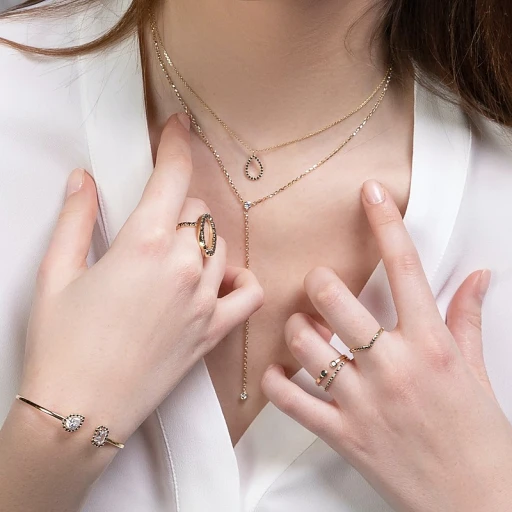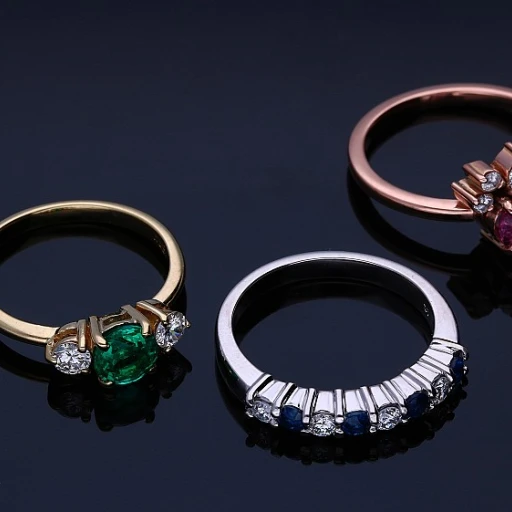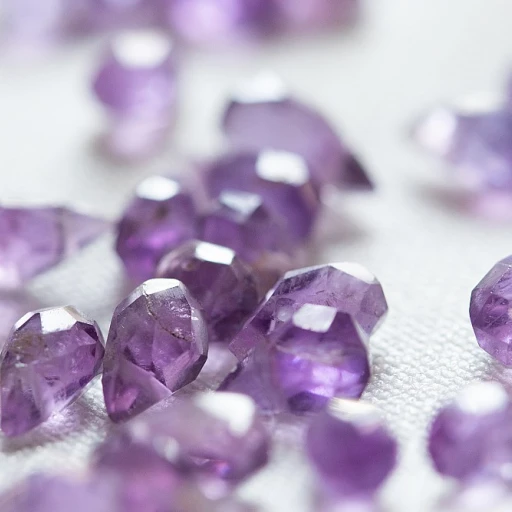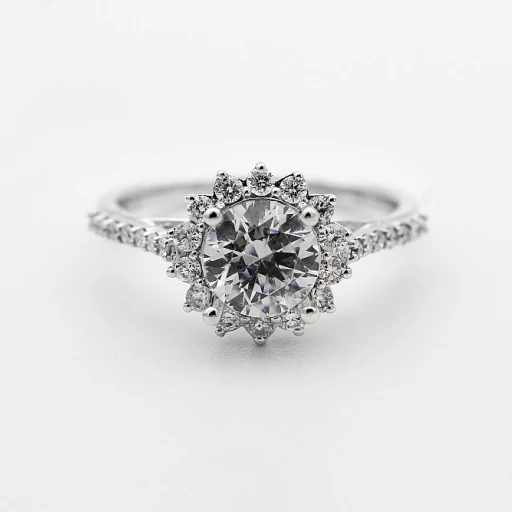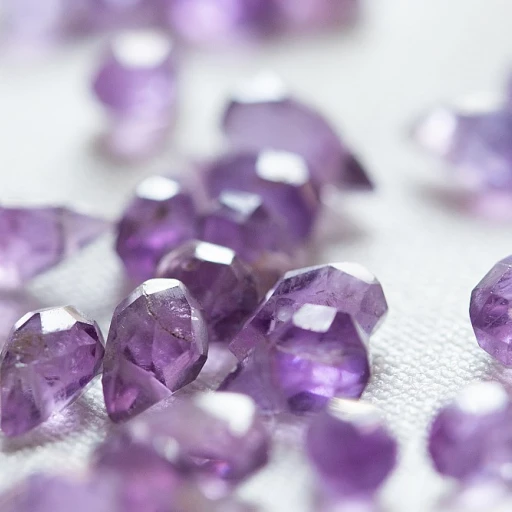
The Historical Significance of Ruby
A Glimpse into a Timeless Legacy
Rubies have intrigued and captivated cultures around the world for centuries. These fiercely red gemstones carry a profound historical significance, often associated with power, passion, and protection. Ancient civilizations believed rubies held life force, prompting warriors to wear them for courage and protection in battle. In Hindu mythology, rubies were hailed as "Ratnaraj," the king of precious stones, granting favor from the gods.
Their fiery allure made them a prized possession among royalty. Rubies were often incorporated into crowns, scepters, and other regal ornaments, symbolizing wealth and sovereignty. As you explore the modern significance of rubies in contemporary jewelry design or consider ruby wedding bands, the gemstone continues to be a beacon of elegance and timelessness.
Beyond their aesthetic value, rubies' potent symbolism of love and passion makes them a standout choice for meaningful and lasting jewelry pieces. Dive deeper into the details of how rubies are graded; the quality of each stone can affect its market value and overall appeal. Furthermore, ethical sourcing is an increasing priority for discerning buyers interested in sustaining the legacy of this magnificent gemstone.
Understanding Ruby Quality and Grading
Decoding the Intricacies of Grading
Understanding the quality and grading of a ruby is crucial for anyone looking to purchase or invest in this exquisite gemstone. The quality of a ruby is primarily determined by the traditional "Four Cs" — color, clarity, carat weight, and cut, similar to diamonds. However, due to the nature of rubies, their evaluation can be even more intricate.
Color is King
The most critical factor in determining a ruby's value is its color. The most coveted hue is often described as "pigeon blood," a vivid, fiery red with slight blue undertones. However, rubies can range from pink to purple hues, which significantly affect their market valuation. Transparency also plays a role; the more transparent a ruby, the higher its quality, as long as the color remains intense.
Evaluating Clarity
Unlike diamonds, rubies often contain inclusions and are rarely found eye-clean. These natural crystal inclusions are usually accepted and even valued as they can indicate the ruby's natural origin. That said, excessively large or numerous inclusions can diminish its value. Synthetic or treated rubies often lack such inclusions, which can be a sign that they may not be entirely natural.
Carved to Perfection
Cut plays a significant role in the ruby's brilliance and luster. As rubies are pleochroic, meaning they show different colors from different angles, skilled lapidaries cut them carefully to enhance their best color face-up. Unlike diamonds, ruby cuts are less standardized, often relying on the stone's natural shape to retain as much of the carat weight as possible.
This understanding can not only enrich your appreciation of this royal gemstone but can also provide you valuable insights if you’re considering ruby investment opportunities. Given these complexities, it's advisable to seek rubies inspected by accredited gemological labs to ensure authenticity and true market value.
Ruby in Modern Jewelry Design
Ruby's Resurgence in Contemporary Jewelry Artistry
The modern jewelry industry has witnessed an inspiring renaissance of interest in ruby gemstones. This revival is not just about the stone's historical significance or its quintessential rich red hue but also about its adaptability to contemporary styles and trends. As jewelry designers continue to push the boundaries of creativity, rubies maintain their prominence owing to their unique blend of tradition and modernity.
Among today's fashion-forward jewelry collections, rubies are frequently chosen for their vibrant energy and versatility. Whether set in fine jewelry pieces or avant-garde designs, these radiant gems inject a dash of luxury and boldness. Rubies' popularity has been further bolstered by their ability to complement both casual and formal attire, making them a staple for diverse occasions.
When it comes to engagement rings, ruby pieces are increasingly preferred for those seeking to make a unique statement. Celebrities and influencers sporting ruby jewelry have only intensified this trend, propelling it to a wider audience. The stone's vivid red color symbolizes love and passion, resonating with couples desiring a distinctive and meaningful alternative to traditional diamonds.
In terms of market trends, rubies have consistently shown robust demand and competitive pricing. Enthusiasts and collectors are particularly drawn to their timeless charm and historic significance. This fusion of allure and value underscores the ruby's significance in the jewelry market, ensuring its place at the forefront of modern jewelry design.
Caring for Your Ruby Jewelry
Preserving the Gleam: Ruby Jewelry Care
To ensure that your ruby jewelry retains its mesmerizing shine and does not succumb to the wear and tear of time, diligent care is paramount. A well-preserved ruby is often valued for its captivating lustrous beauty and can serve as a timeless heirloom in your collection.- Cleaning Safely: Rubies are resilient but they can lose their radiance if exposed to harmful substances. Avoid harsh chemicals or abrasive cleaners; these can scratch or dull the ruby's surface. Instead, gently clean your ruby jewelry using mild soapy water and a soft brush.
- Avoiding Damage: When not being worn, store ruby jewelry individually, preferably in a soft cloth pouch. This prevents the gemstones from scratching each other or other types of jewelry. Moreover, take care to remove jewelry before engaging in any activities that could cause knocks or scratches.
- Professional Maintenance: While home cleaning is effective for regular upkeep, periodic professional inspection and cleaning can ensure its lasting beauty. Expert jewelers can identify structural issues and give the ruby a professional polish that home care cannot achieve.
- Storage Recommendations: Ideal storage is crucial for maintaining the ruby’s condition. Keep your jewelry in a cool, dry place away from direct sunlight as prolonged exposure can impact the color. Moisture and temperature fluctuations should be avoided to prevent any degradation.
Ethical Sourcing of Rubies
Ethical Sourcing Practices in the Ruby Trade
In recent years, ethical sourcing has become a significant consideration for discerning buyers of gemstones. The ruby, with its vibrant hue and historical allure, is no exception to this trend. As awareness of responsible mining practices increases, consumers are demanding more transparency about the origins of their precious stones. The journey of a ruby from the depths of the earth to a finely crafted piece of jewelry involves numerous steps, each with potential ethical implications. Key considerations include ensuring fair labor practices, minimizing environmental impact, and avoiding conflict funding through gem trade. To meet this demand, several organizations have established guidelines and certifications for ethically sourced gems. Here are some important points to consider when evaluating the ethical credentials of ruby jewelry:- Country of Origin: Certain countries are known for their stringent regulations that promote fair labor practices and environmental stewardship. Sourcing rubies from such locations may indicate a commitment to ethical standards.
- Certification: Look for certifications from recognized organizations that verify the ethical sourcing of gemstones. For instance, some rubies come with credentials that ensure they have not been involved in funding conflict or violating human rights.
- Supplier Transparency: Reputable jewelers often provide detailed information about the sourcing of their rubies. Establishing a transparent supply chain is essential to guarantee that ethical sourcing practices have been applied.
Investing in Ruby Jewelry
Considering Your Ruby as an Investment
Investing in ruby jewelry can be a lucrative venture, given the jewel's revered place in history and modern popularity. When contemplating ruby investment, several key factors should guide your decision to ensure a worthwhile purchase.- Quality and Certification: Just like diamonds, the quality of rubies is paramount when considering their investment value. This includes understanding the sourcing and the authenticity of the gem, aspects crucially covered in discussions around ruby quality and grading.
- Market Trends: Stay abreast of the latest trends in the gemstone market. Rubies have historically been a favorite due to their desirable color and rarity. Contemporary design trends, such as those weaving rubies into modern jewelry designs, can further increase their investment potential.
- Ethical Considerations: As discussed in considerations of ethical sourcing, the origin of the ruby significantly impacts its value. Sourcing from regions known for ethical mining practices not only reflects responsible ownership but also tends to hold higher market esteem.
- Long-term Appreciation: Rubies have shown a steady increment in value over the years. According to market analysis, natural rubies, particularly those free of enhancements, have appreciated significantly.
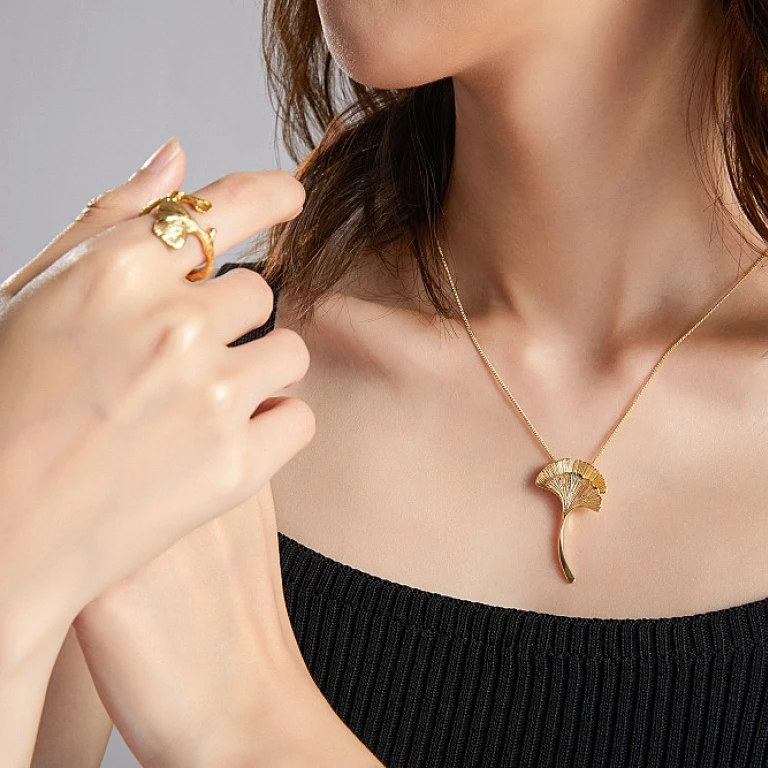
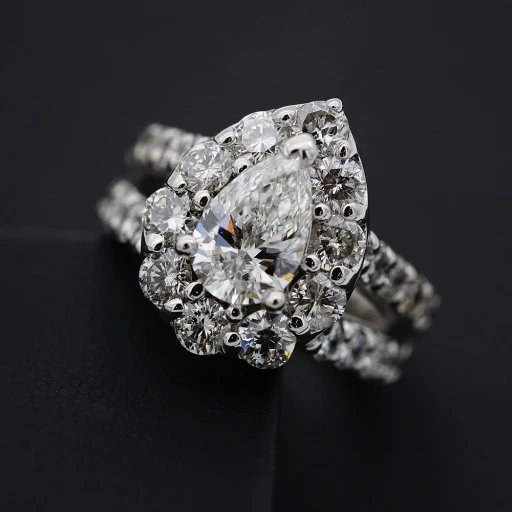
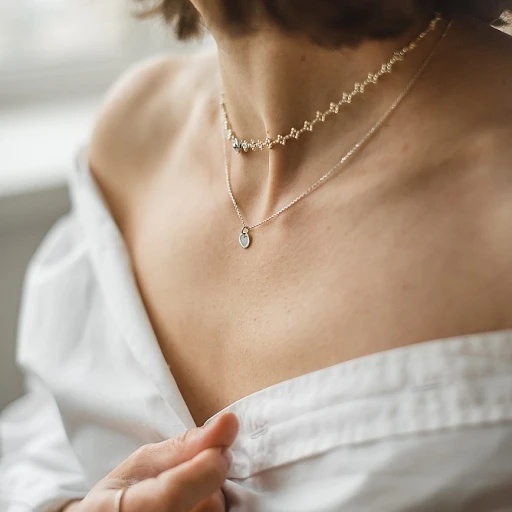
-large-teaser.webp)

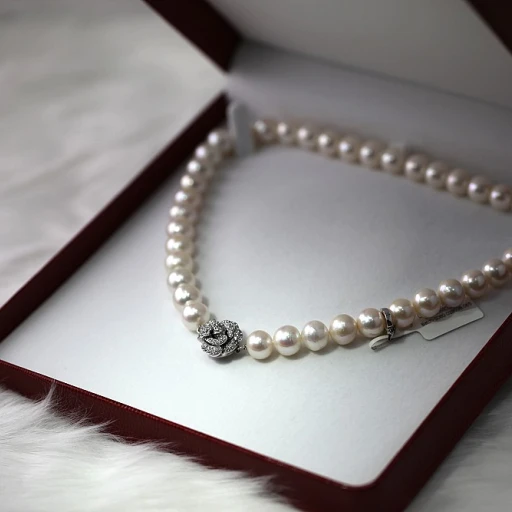
-large-teaser.webp)
